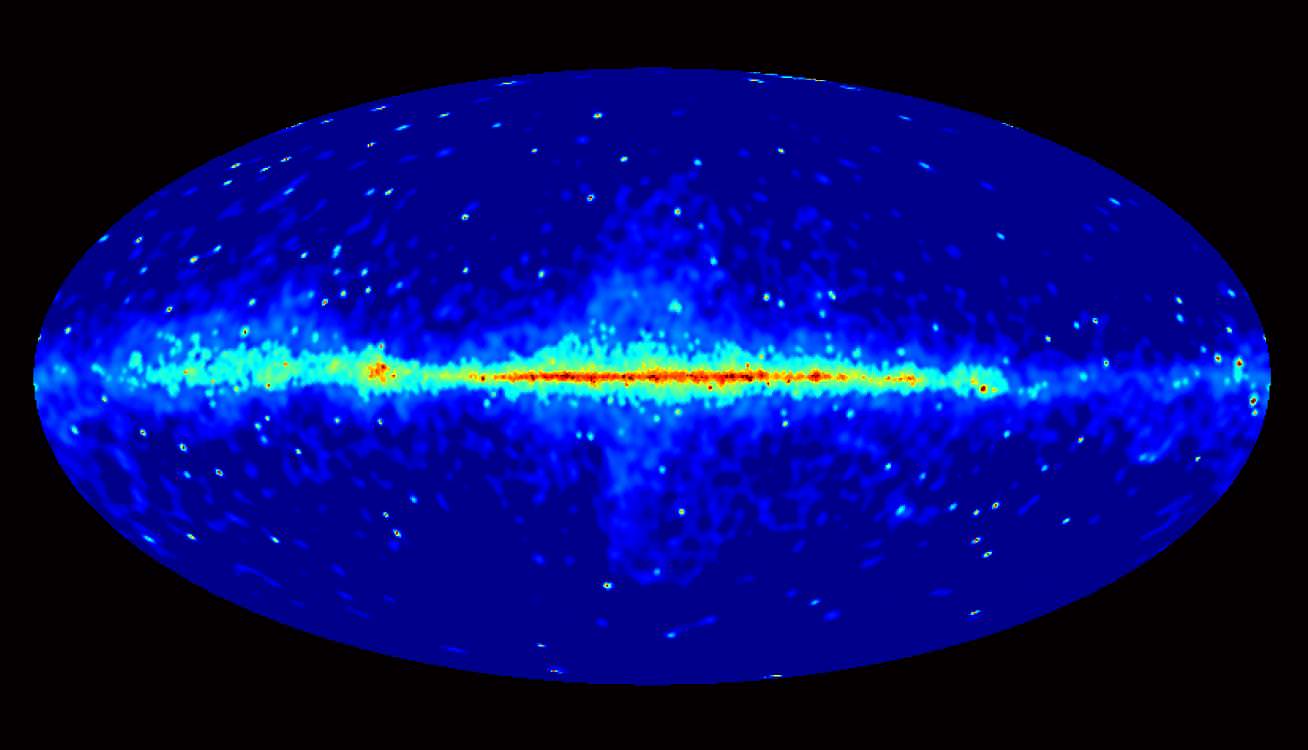It started with a simple experiment that was all the rage in the early 20th century. And as is usually the case, simple experiments often go on to change the world, leading Einstein himself to open the revolutionary door to the quantum world.
Here’s the setup. You take a piece of metal. You shine a light on it. You wait for the electrons in the metal to get enough energy from the light that they pop off the surface and go flying out. You point some electron-detector at the metal to measure the number and energy of the electrons.
Done.
The bizarre thing about this experiment, measuring what’s known as the photoelectric effect, is that the electrons didn’t behave as they should. If light is made of waves of electricity and magnetism, as Maxwell taught us, then the electrons should be able to slowly accumulate energy until they get hot enough to go flying off, regardless of the frequency of light. And brighter/more intense light should lead to more energetic electrons, because there’s more energy available. But neither of those expected outcomes happen (as an aside, I’ve personally performed this experiment myself, not out of any great love for landmark physics experiments, but because it’s a mandatory piece of undergraduate physics training). Instead, only light above a certain frequency could get electrons to dance, and those electrons always left the metal with the same energy, no matter how intense the light was.
Einstein thought about this problem for a shockingly short amount of time before coming up with an elegant solution…that once again reshaped our understanding of the physical universe (he was rather good at this). He supposed that light itself was quantized. In other words, what we perceive as sloshing, undulating waves of electricity and magnetism is really, at a deeper, more fundamental level, a flood of discrete, distinct, indivisible little bundles of light-stuff. Each one of these bundles represents the smallest amount of light-stuff that you can possibly have. And because these bundles are uncuttable, you cannot have fractional proportions of light-stuff. You can have one unit of light-stuff, two units of light-stuff, and so on, but never 2.56 units, or 23,347,12.223 units. Somehow these bundles, when enough of them come together, conspire to behave as if they were waves of electricity and magnetism, but once you picked those waves apart you would reveal their particle-like nature.
This neatly (and, as far as we can tell, correctly) solved the problem with the photoelectric effect. Electrons need a certain amount of energy to get away from a metal. And that energy isn’t determined by the brightness or intensity of the light, but in its frequency. Higher frequencies correspond to more energetic photons (as these bundles would come to be called). If the energy was too slow, the electrons could simply never escape the metal. And when the photon strike the electrons, they deposit a specific, fixed amount of energy, no more, no less, explaining why the electrons always escaped in the exact same way.
Einstein’s discovery of photons would be just one result in the growing awareness of the microscopic, quantum world. But it would be an important one – and the one result for which he would ultimately receive the Nobel prize – because it was the first to claim that an entity in nature (in this case, the radiation of Maxwell that we all know and love) was really made of quantum particles.

Dr. Thomas Hughes is a UK-based scientist and science communicator who makes complex topics accessible to readers. His articles explore breakthroughs in various scientific disciplines, from space exploration to cutting-edge research.








